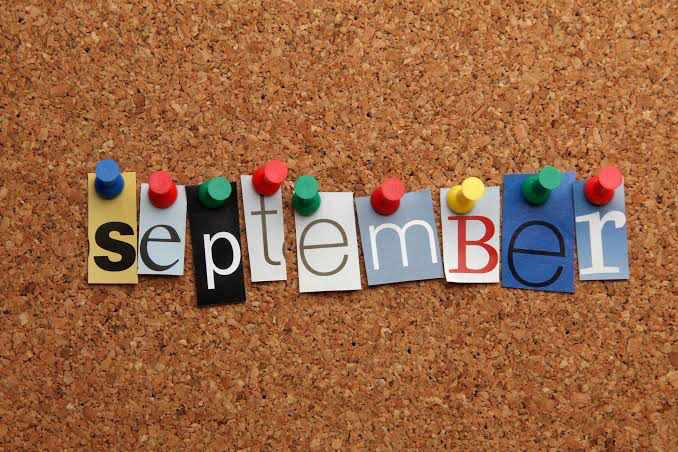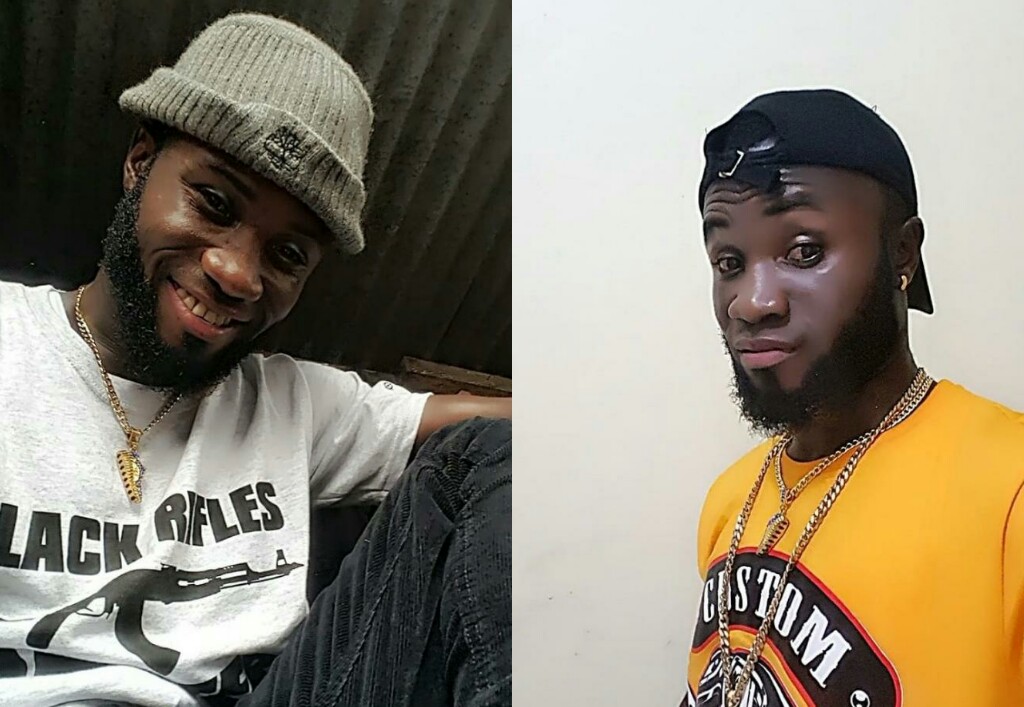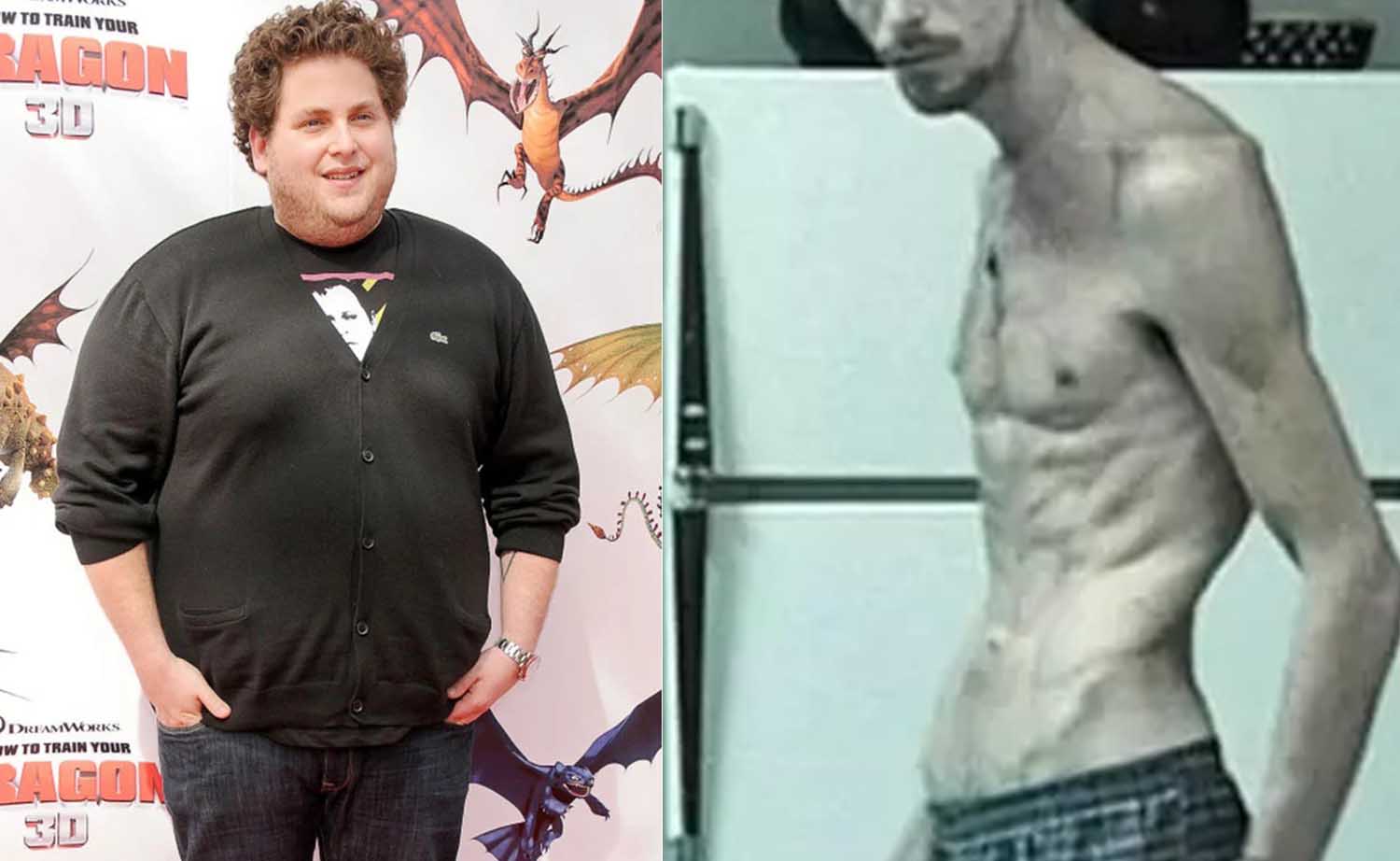[ad_1]
Moving on on President Putin Biography, on December 31, 1999, Yeltsin unexpectedly announced his resignation and named Putin acting president. Promising to rebuild a weakened Russia, the austere and reserved Putin easily won the March 2000 elections with about 53 percent of the vote. As president, he sought to end corruption and create a strongly regulated market economy.
Putin quickly reasserted control over Russia’s 89 regions and republics, dividing them into seven new federal districts, each headed by a representative appointed by the president. He also removed the right of regional governors to sit in the Federation Council, the upper house of the Russian parliament. Putin moved to reduce the power of Russia’s unpopular financiers and media tycoons—the so-called “oligarchs”—by closing several media outlets and launching criminal proceedings against numerous leading figures. He faced a difficult situation in Chechnya, particularly from rebels who staged terrorist attacks in Moscow and guerilla attacks on Russian troops from the region’s mountains; in 2002 Putin declared the military campaign over, but casualties remained high.
Putin strongly objected to U.S. Pres. George W. Bush’s decision in 2001 to abandon the 1972 Anti-Ballistic Missile Treaty. In response to the September 11 attacks on the United States in 2001, he pledged Russia’s assistance and cooperation in the U.S.-led campaign against terrorists and their allies, offering the use of Russia’s airspace for humanitarian deliveries and help in search-and-rescue operations. Nevertheless, Putin joined German Chancellor Gerhard Schröder and French Pres. Jacques Chirac in 2002–03 to oppose U.S. and British plans to use force to oust Saddam Hussein’s government in Iraq.
Overseeing an economy that enjoyed growth after a prolonged recession in the 1990s, Putin was easily reelected in March 2004. In parliamentary elections in December 2007, Putin’s party, United Russia, won an overwhelming majority of seats. Though the fairness of the elections was questioned by international observers and by the Communist Party of the Russian Federation, the results nonetheless affirmed Putin’s power. With a constitutional provision forcing Putin to step down in 2008, he chose Dmitry Medvedev as his successor.
President Putin as prime minister – Biography of President Putin
Soon after Medvedev won the March 2008 presidential election by a landslide, Putin announced that he had accepted the position of chairman of the United Russia party. Confirming widespread expectations, Medvedev nominated Putin as the country’s prime minister within hours of taking office on May 7, 2008. Russia’s parliament confirmed the appointment the following day. Although Medvedev grew more assertive as his term progressed, Putin was still regarded as the main power within the Kremlin.
While some speculated that Medvedev might run for a second term, he announced in September 2011 that he and Putin would—pending a United Russia victory at the polls—trade positions. Widespread irregularities in parliamentary elections in December 2011 triggered a wave of popular protest, and Putin faced a surprisingly strong opposition movement in the presidential race. On March 4, 2012, however, Putin was elected to a third term as Russia’s president. In advance of his inauguration, Putin resigned as United Russia chairman, handing control of the party to Medvedev. He was inaugurated as president on May 7, 2012, and one of his first acts upon assuming office was to nominate Medvedev to serve as prime minister.
[ad_2]
Source link
![#blackchully: Black Chully Video Breaks Internet [Watch Here], Black Chully News, Black Chully Real Name,Black Chully Songs, leaked tape vireo, black chullyy toto videos, black chully sex tape leak porn, black chully viral videos, nigerian tiktoker black chully viral video, black chully leaked video](https://voiceofgh.com/wp-content/uploads/2022/09/blackchully-nude-video-brandnewsday.png)






